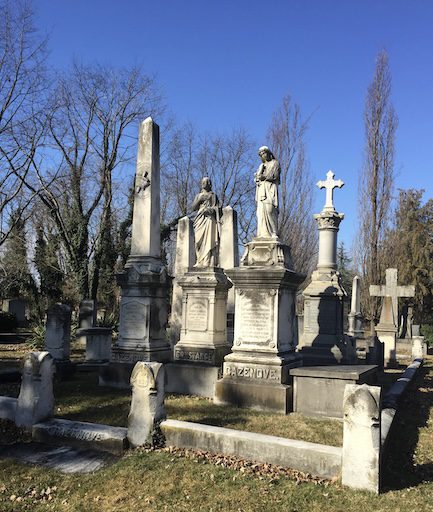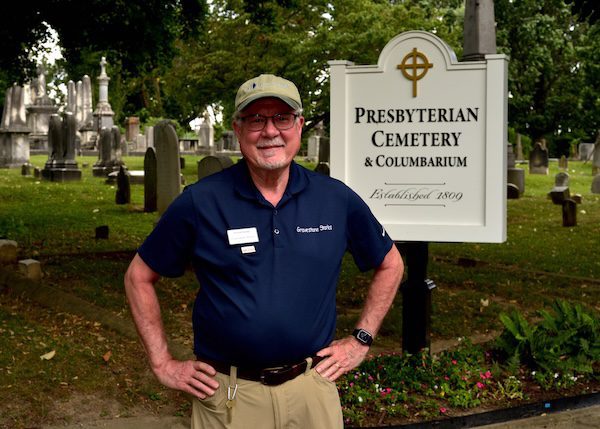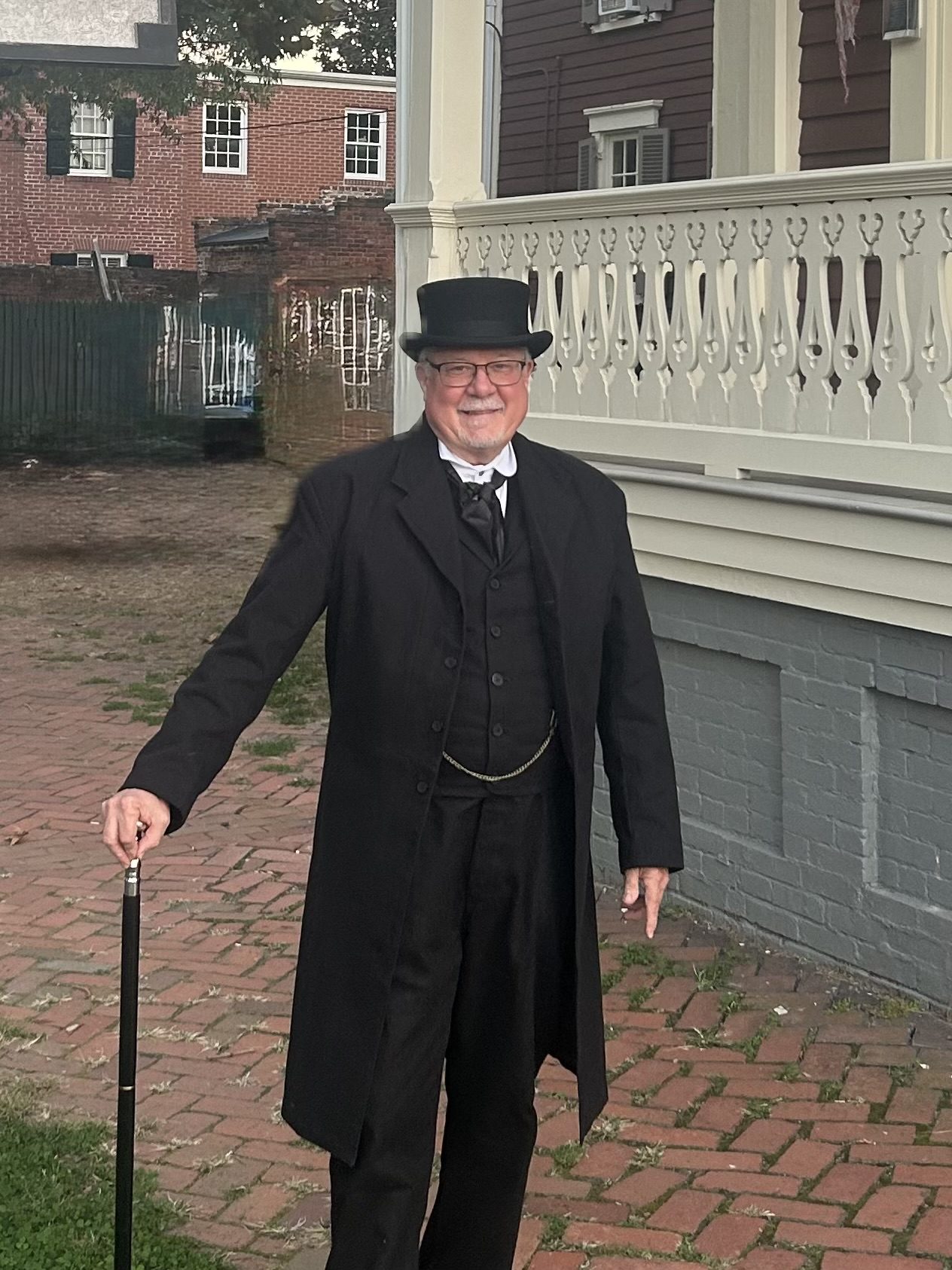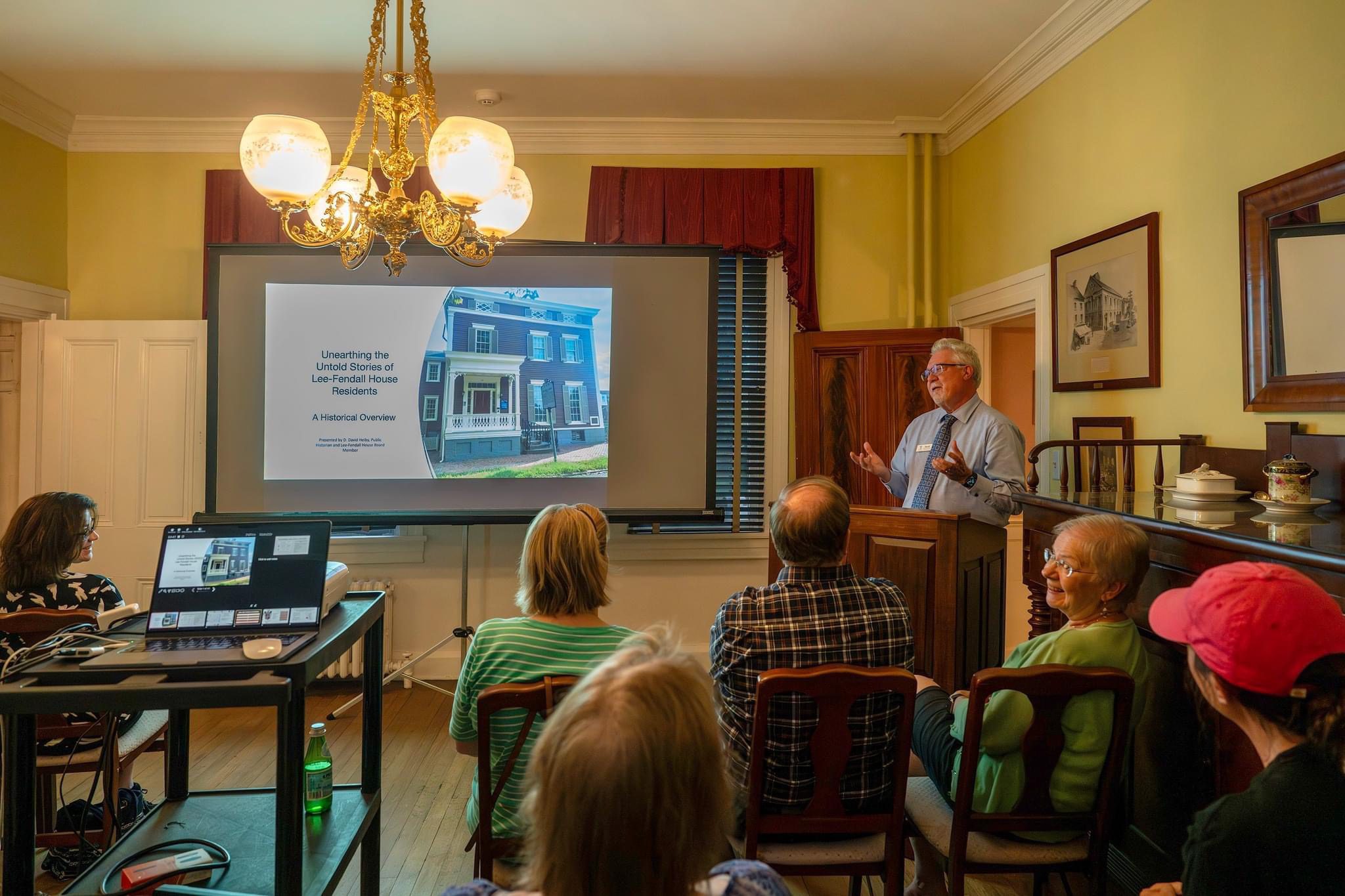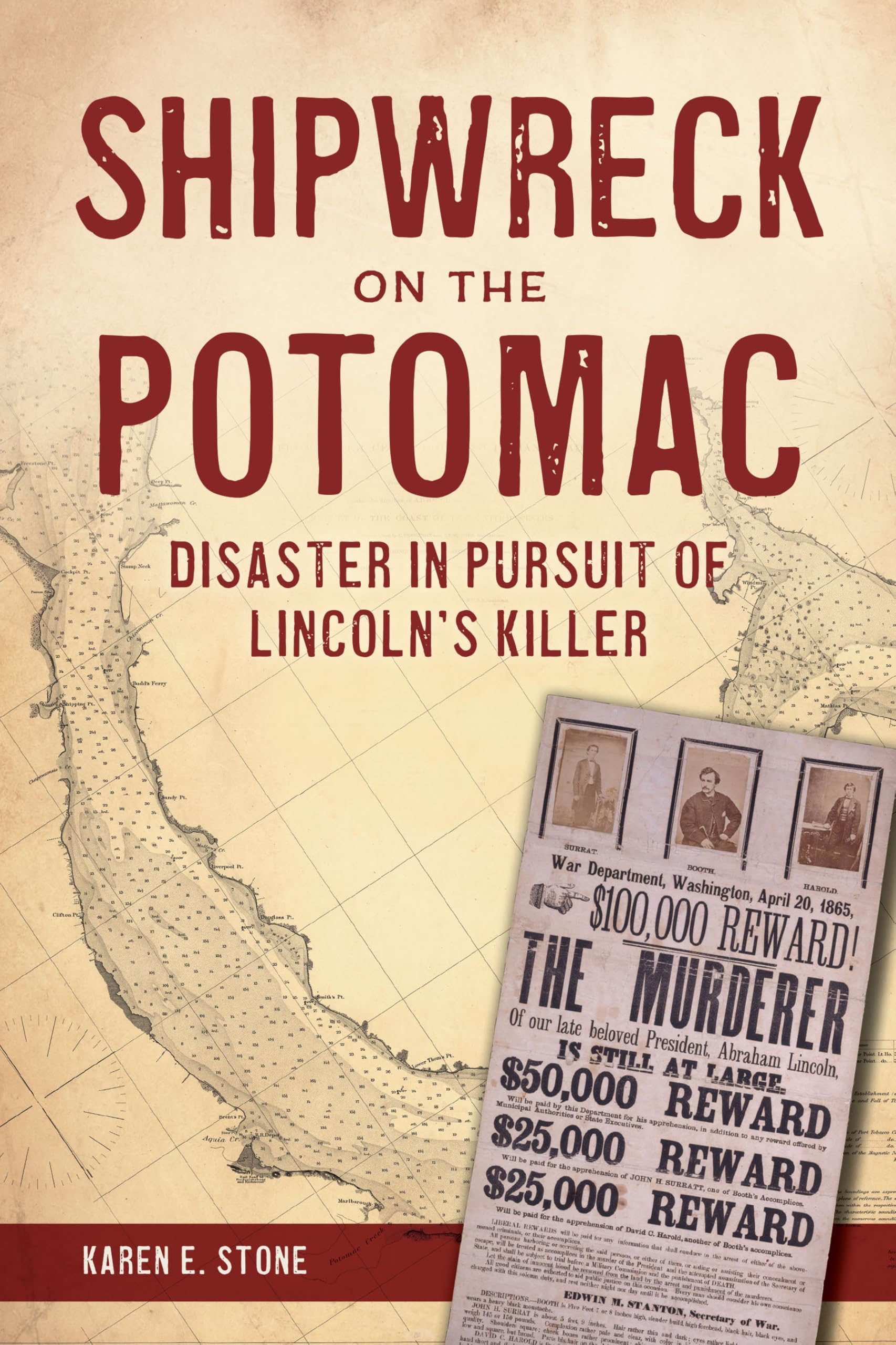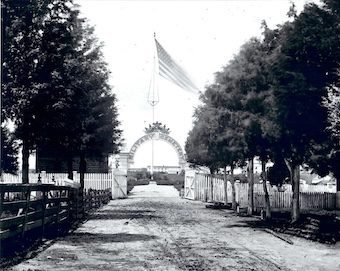Where 13 Cemeteries Tell America’s Story
Hidden just outside Alexandria’s historic core lies a burial ground unlike any other in the United States: a cluster of 13 cemeteries, side by side, preserving over 35,000 stories that span more than two centuries of American history.
This remarkable complex began in 1796, when the city established Penny Hill Cemetery as a public burial ground for paupers and the unknown. Its remote location would soon prove essential: during the yellow fever epidemic of 1803, which claimed over 197 lives, Penny Hill served as the main site for burials.
In the wake of that crisis, Alexandria’s leaders took decisive action. On March 27, 1804, they issued an edict prohibiting new burials within the town limits. That policy was strengthened by the “stoppage order” of 1809, which effectively ended most in-town interments.
As a result, Alexandria’s major religious congregations—including Episcopal, Methodist, and Presbyterian—sought land outside the city for new cemeteries. They acquired burial plots on what was then known as Spring Garden Farm, an area south of Duke Street. Between 1804 and 1809, they established the first church-affiliated cemeteries in what would become a historic burial district.
Over time, the cluster expanded. A breakaway Methodist congregation added a cemetery in 1833, and in 1860, Alexandria became home to Virginia’s first Jewish cemetery, founded while present-day West Virginia was still part of the Commonwealth. During the Civil War, the federal government created the Alexandria National Cemetery in 1862, providing one of the first official burial grounds for Union soldiers.
As Alexandria continued to grow, burial associations established additional cemeteries—one in 1885, another in 1895. After the city’s 1915 annexation of land from what had been Alexandria (Arlington) County and Fairfax County, the cemetery area became officially part of the city. The final piece of the complex was added in 1933, when a second Jewish cemetery—Agudas Achim—was established.
Together, these 13 cemeteries form what is now called the Wilkes Street Cemetery Complex. Individually, each tells a part of Alexandria’s story. But together, they represent something far greater: the most historic cluster of cemeteries in the country—a place where the lives and legacies of everyday citizens and national figures alike are etched in stone.
Nowhere else in America will you find such a concentration of historic figures, dramatic stories, and defining moments—spanning every era from the Revolution to the Cold War.
The Wilkes Street Cemetery Complex doesn’t just reflect Alexandria’s past—it embodies the nation’s.
Who’s Buried Here?
More Than 35,000 Buried
Over 200 Years of History
One Unforgettable Place!
Revolutionary Foundations
Founding Fighters & Friends of Washington
- A 16-year-old Son of Liberty who joined the Boston Tea Party and fought at Lexington and Concord.
- Revolutionary War veterans of Trenton, Valley Forge, and Yorktown—later Alexandria’s leaders and craftsmen.
- Friends, neighbors, pallbearers, and bier carriers of George Washington.
- The first man to call Washington “Mr. President.”
Founding Family Legacies
- The son of George Mason—who sent Francis Scott Key on the mission that inspired the National Anthem.
- Descendants of Richard Henry Lee, including his daughter Sally, her husband Edmund Jennings Lee, and son Francis Lightfoot Lee II.
- A Revolutionary War veteran and Washington pallbearer—his grave recently rediscovered.
- The U.S. Senator who authored the 1850 Fugitive Slave Act, helped ignite the Civil War, and later served as a Confederate diplomat—his grave lies just miles from the capital he once denounced as “a nest of serpents.”
Conflict & Courage
Early Republic & Foreign Wars
- A War of 1812 hero killed near Belvoir Neck—his death helped shape the defense of Baltimore and the writing of The Star-Spangled Banner.
- A U.S. Brigadier General and other heroes of the Mexican-American War, buried far from the battlefields they once crossed.
- A former West Point superintendent killed in the 1838 Moselle steamship explosion—one of the deadliest maritime disasters in U.S. history, it shocked the nation and led to major federal safety reforms.
Civil War Moments & Aftermath
- The Civil War began in his front yard and ended in his parlor—two homes, 120 miles apart, tied to history’s turning points.
- Over 3,900 Union soldiers lie in a National Cemetery older than Arlington—most died in Alexandria’s Civil War hospitals.
- Four civilian Quartermaster employees from Alexandria died in a Potomac shipwreck during the hunt for Lincoln’s assassin—now buried in the National Cemetery.
- United States Colored Troops whose 1864 protest led to the first burials of Black soldiers in a U.S. military cemetery.
- A Confederate officer whose flawed reconnaissance report to General Robert E. Lee on July 2, 1863, may have shaped the failed assault on Little Round Top—an error that many believe contributed to the South’s defeat at Gettysburg.
- The older brother and closest confidant of the most celebrated and best-known Confederate general—once a U.S. naval officer who helped open Japan—now rests just steps from the Union soldiers he once fought against.
Warfare Beyond the Civil War
- A U.S. Army surgeon descended from the man who helped capture Benedict Arnold’s co-conspirator, who later identified Custer’s body at Little Bighorn and recorded one of the few firsthand accounts of the battlefield aftermath.
Struggle, Mystery & Legacy
Burial, Injustice & Memory
- Lynching victims in unmarked graves and early civil rights pioneers whose legacies are finally being honored.
- Enslaved individuals, freedmen, contrabands, and Yellow Fever victims—many buried in unmarked graves within Alexandria’s 19th-century public burial ground for the poor.
- A freed Black minister, buried in Alexandria, who served on the grand jury that indicted Confederate President Jefferson Davis—a bold act of justice in the post-Civil War South.
- An Irish immigrant, George R. McCurtin, whose 1905 murder shocked Alexandria. His body was found weeks later in a river, the killer never found.
- Catherine Cooper Reardon, an assistant librarian, was brutally murdered inside the National Cathedral in 1944. Her killer was executed in the electric chair after a Supreme Court case upheld his conviction.
Famous Names, Tragic Ends
- Descendants of Jefferson and Richard Bland Lee, lost in the Knickerbocker Theater collapse.
- The namesake of Fort Myers, Florida, whose influence reached from Alexandria to the Gulf Coast.
- A teenage sailor on Captain Cook’s final voyage who witnessed the discovery of Hawaii and became a respected merchant in Alexandria.
Legacy in the Shadows
- A Confederate-aligned banker, shipbuilder, and steamship pioneer who survived the sinking of the Pulaski and later won a lawsuit against the U.S. government—all while his son’s slave-trading inspired the Clotilda’s final voyage.
- The Everleigh sisters—Chicago’s most infamous madams—rest quietly in their family plot under their real name.
- An Army Air Service mechanic on the 1924 world flight who crash-landed in Alaska, survived six days in the wilderness, and led B-29 squadrons in WWII.
- A Soviet spy buried in Alexandria whose betrayal crippled U.S. codebreaking—contributing to one of the worst intelligence failures of the Cold War.
All of this—buried together in one extraordinary cemetery complex. Only in Alexandria. Only at The Wilkes Street Cemetery Complex.
Want to Learn More?
- Read featured blog stories about individuals buried here
- View our full list of mini-biographies organized by cemetery
- Book a Guided Tour
